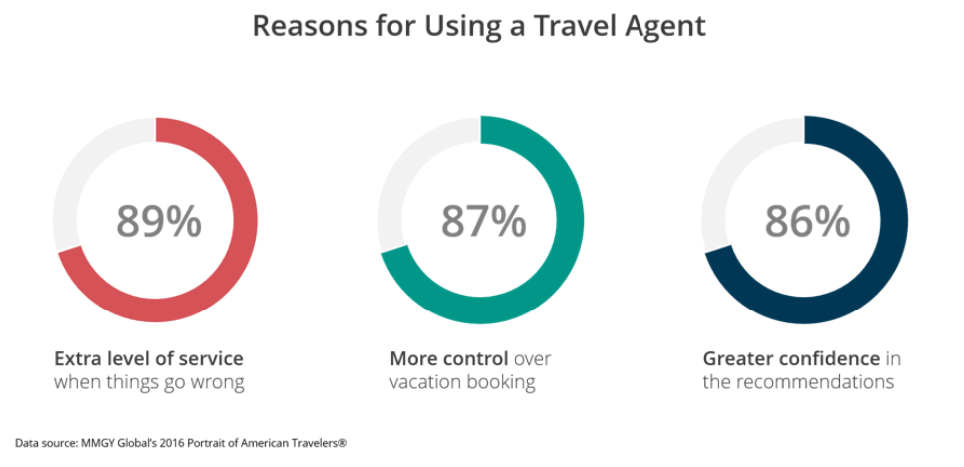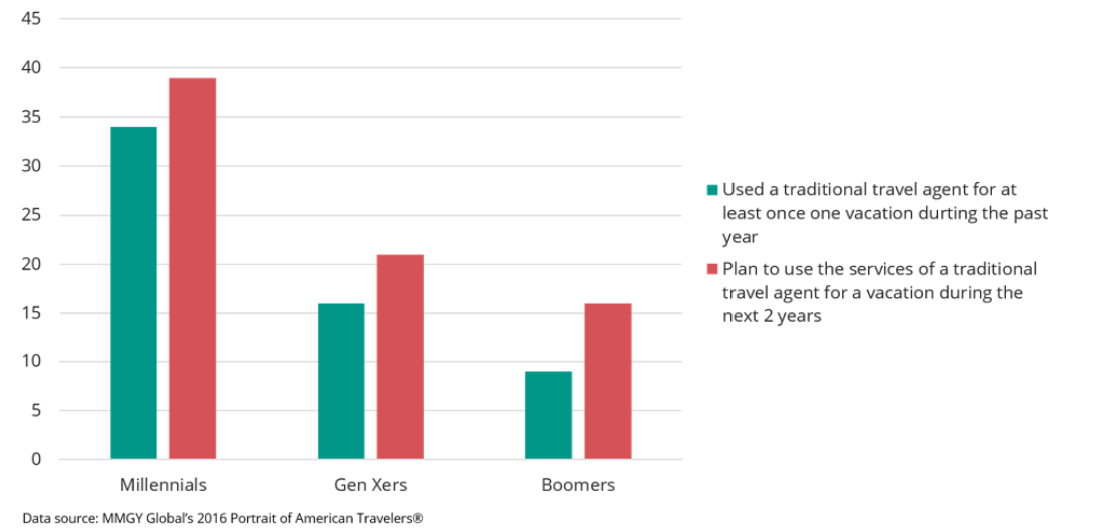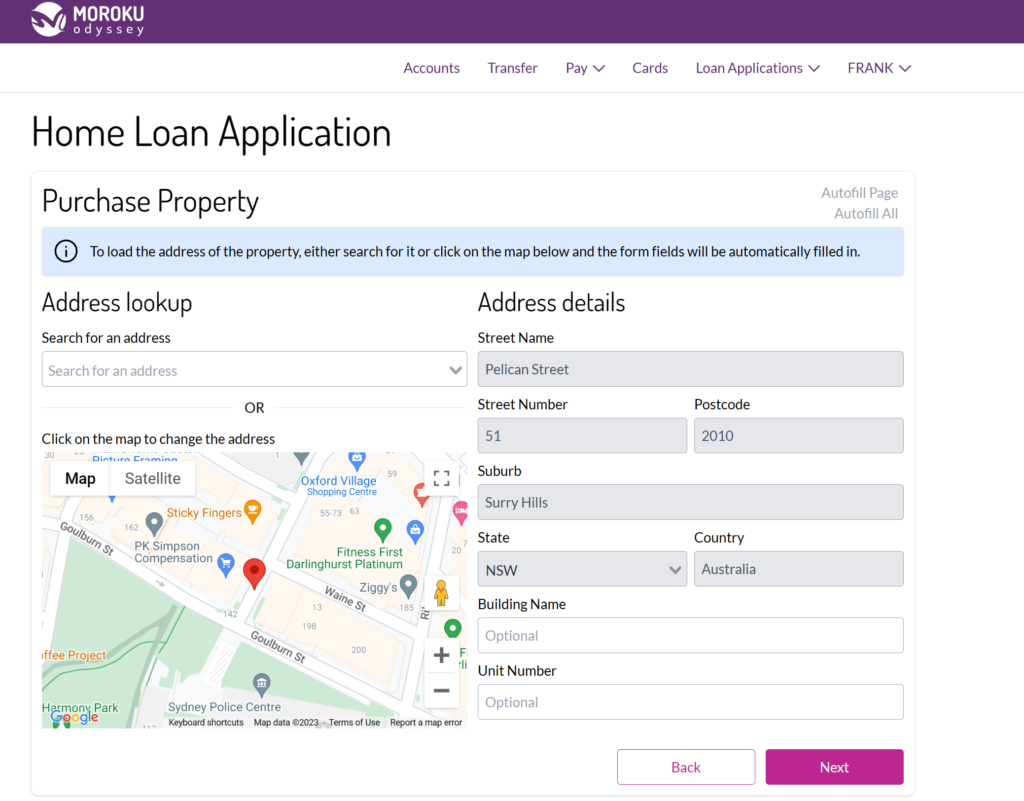Interest rate climbs prevail
As economic models are placed under pressure, inflation and interest rates remain high and trend higher, lenders of all shapes and sizes are compelled to improve their loan origination processes to be faster and more customer centric.
A pandemic followed by a war and a shift in the energy paradigm render past economic models inaccurate.
What any of this means for interest rates is unclear given that economic prior models aren’t proving to be as effective as they were at showing us where we are in the cycle and therefore how they should be managed. Like ChatGPT, economic model biases are based on the data they were built on. We are in the midst of a large war that few can predict the end or cost of, a huge change in how we produce and consume energy and are coming out the back of a massive COVID stimulus event.
Liz Ann Sonders, the Managing Director and Chief Investment Strategist at Charles Schwab believes that with inflation down 7 months in a row in the USA, China coming back online and supply chains becoming ungunked, inflation should continue to come down. Yet with Putin never to be welcomed back into the fold, regardless of the outcome and the shift to sustainable energy seemingly permanent, many are unlikely to see cheap goods, labour and energy like we saw in the first two decades of this century.
Worryingly, the central banks seem to be ignoring this and continue to apply the blunt instrument of interest rates and risking recession for no good reason.
What seems certain is that with lending being such a key component of retail banking revenues, the competition for home loans is set to continue as the central banks hold or increase rates. While COVID drove record low rates, the trend is back up. There will be increased pressure on disparate, outdated technology and manual systems as borrowers continue to choose the lowest rate from the first three offers they get, which is why speed to offer is as important as price of offer.


With the explosion in choice people are going analogue
When making big decisions like travel and housing, consumers are deferring to agents to mediate the decision making process.
With so much talk about recession, inflation and cost of living pressure, customers will be increasingly bamboozled by choice and noise. When the travel industry faced a similar challenge, it responded by
going analogue. From 1970 to the late 1990s the number of US travel agents ballooned from 12,000 to 45,000. Then the internet arrived and travel agents nearly disappeared entirely. Expedia, Priceline and airline websites rendered agents obsolete. In the US the number plummeted by 35% from 2000 and 2018. Yet travel agents have made a dramatic comeback in recent years.
The number of travel agents has grown from 78,800 in 2018 to 105,000 in 2020 with agents booking 1/3 of all trips. As the amount of information on the internet ballooned, it became more difficult for travellers to wade through all the information and choices. As they feared making a wrong decision that wouldn’t optimise their needs, whether they be price or the trip itself, they headed off to the agents to explain their needs and have a trusted advisor guide them through it.
The same is happening in lending with mortgage brokers claiming an increasing slice of the pie, as customers’ fear, uncertainty and doubt creeps into their decision making. In the March quarter of 2022, mortgage brokers facilitated 69.5% of all new residential home loans in Australia.
Mortgage brokers guide clients through the application and underwriting processes, often by compiling application materials, pulling the borrower’s credit history and verifying income and employment information. Mortgage brokers work with everyone involved in the transaction, including the real estate agent, underwriter and closing agent, to ensure the loan closes on time.
Lenders who aren’t able to deliver these tasks online they are losing out to broker controlled sales channels.

At Moroku we’ve got two answers for lenders struggling with these issues. For larger lenders with complex, disparate systems and large amounts of funnel leakage due to poor experiences, we offer our game-based design process, On-Ramp, to provide customer journeys with reward, wow, content and learning. Experiences based on this model keep customers engaged through the funnel.
For smaller lenders we provide our digital loan application process as part of Moroku Money, our white label mobile and internet banking solution. Under this model, an out of the box digital application process, provides customers with a seamless experience, improves the quality of the
leads and reduces time to offer or rejection, allowing lenders to focus on the core products and customers it wants to serve well.
As interest rates remain high and tend higher, lenders of all shapes and sizes are compelled to improve their loan origination processes to be faster and more customer centric. Making borrowing decisions is complex and scary for customers. If the experience doesn’t solve for this, provide content to inform the decision making process and reward effort to make it feel worthwhile and that progress is being made, the broker channel will continue to reap the rewards.
